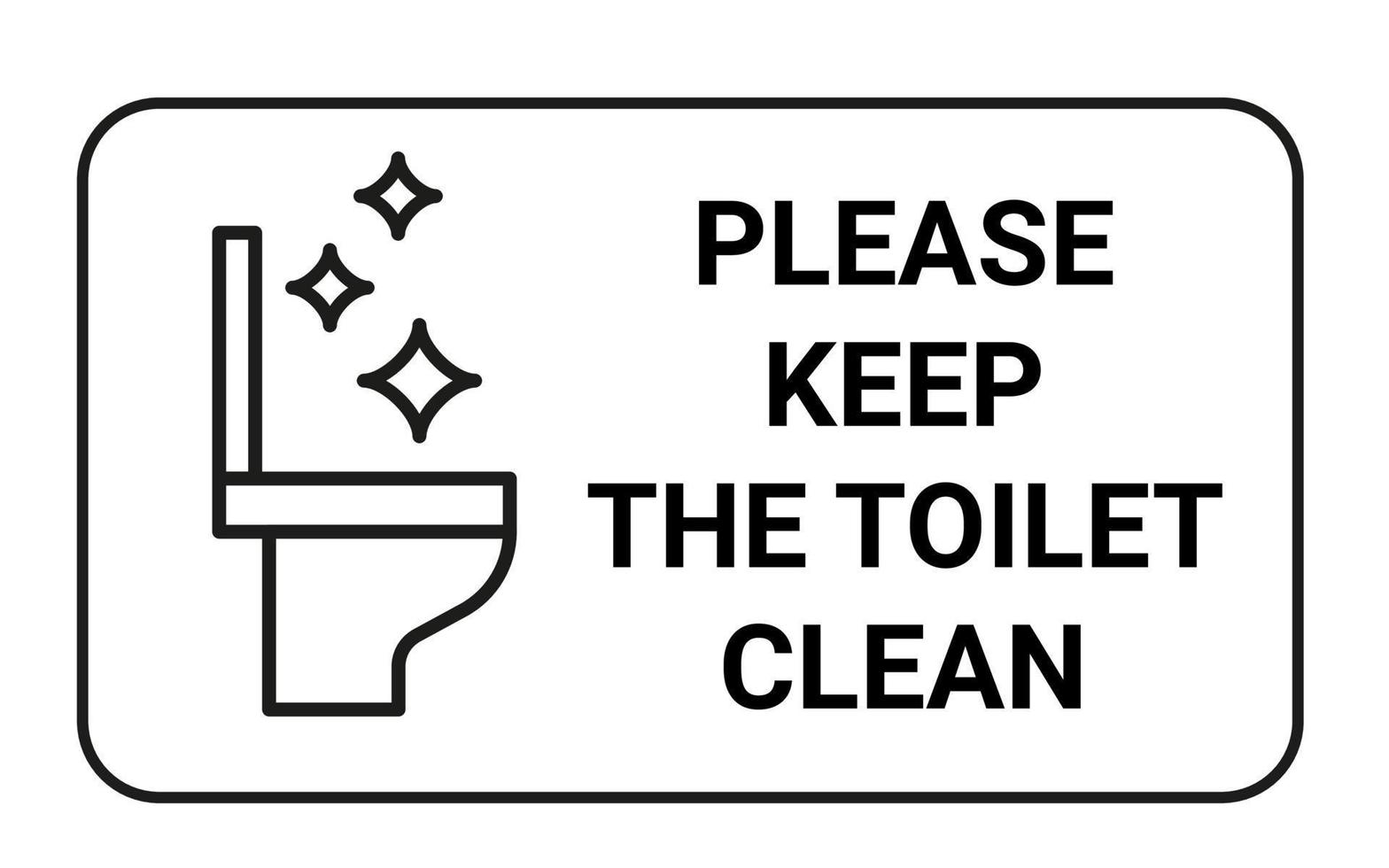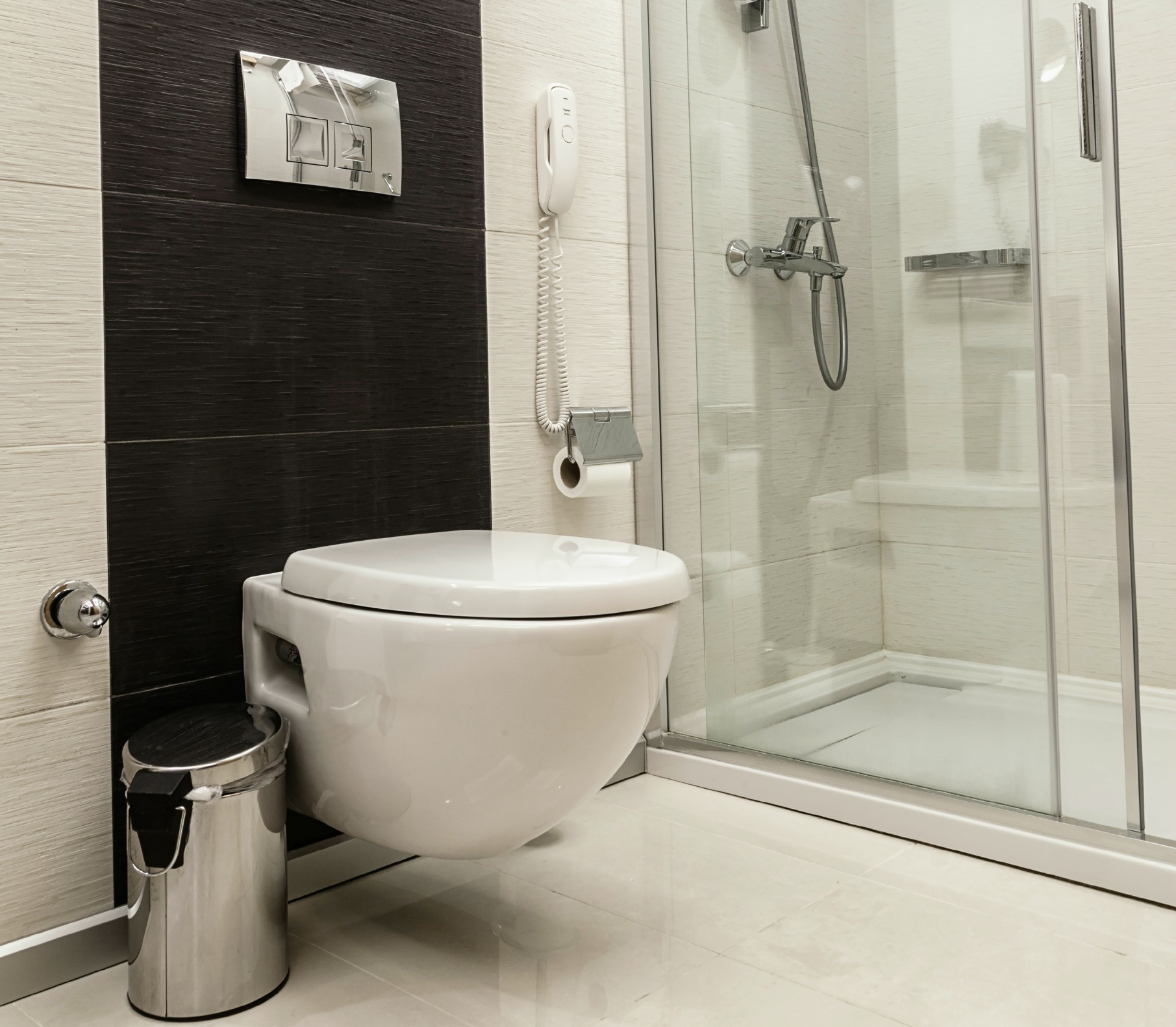Concealing the Toilet for Aesthetic Purposes: Hide Toilet In Bathroom

In the realm of bathroom design, the toilet often presents a challenge to achieving a cohesive and aesthetically pleasing aesthetic. While its functionality is essential, its presence can sometimes detract from the overall visual appeal of the space. As a result, homeowners are increasingly exploring ways to conceal their toilets, transforming them from functional necessities into integrated elements that enhance the bathroom’s design.
Aesthetic Benefits of Concealing the Toilet, Hide toilet in bathroom
Concealing the toilet offers a myriad of aesthetic benefits, allowing homeowners to create a more refined and visually appealing bathroom environment. By minimizing the visual prominence of the toilet, the space can achieve a sense of minimalism, luxury, and sophistication. The absence of a bulky toilet bowl and its associated fixtures creates a more streamlined and uncluttered look, contributing to a sense of tranquility and spaciousness. This approach allows for a more cohesive and harmonious design, where the focus is on creating a serene and aesthetically pleasing sanctuary.
Design Techniques for Concealing Toilets
There are several design techniques commonly employed to conceal toilets, each offering unique advantages and aesthetic possibilities.
- Freestanding Furniture: This approach involves using freestanding furniture, such as cabinets or vanities, to enclose the toilet. The toilet is typically placed behind the furniture, with a door or panel concealing it. This technique not only hides the toilet but also provides additional storage space for bathroom essentials.
- Alcove Design: Creating an alcove specifically for the toilet is another effective technique. The alcove can be built into the wall or constructed as a freestanding structure. The toilet is placed within the alcove, and the opening is typically framed with a door or a curtain. This design element adds a sense of privacy and creates a distinct area for the toilet, while seamlessly integrating it into the overall bathroom design.
- Wall-Mounted Toilets: Wall-mounted toilets are becoming increasingly popular due to their sleek and minimalist appearance. These toilets are suspended from the wall, eliminating the need for a bulky base. The plumbing is concealed within the wall, creating a clean and uncluttered look. This technique is particularly effective in small bathrooms, where maximizing space is a priority.
Bathroom Layout with a Concealed Toilet
| Area | Description |
|---|---|
| Shower | A spacious walk-in shower with a rain shower head and a bench seat. |
| Vanity | A double vanity with ample storage space and a large mirror. |
| Concealed Toilet | A freestanding cabinet with a door concealing the toilet. The cabinet is placed against the wall opposite the shower. |
| Tub | A freestanding soaking tub placed near a large window, allowing for natural light and a relaxing view. |
| Lighting | Recessed lighting throughout the bathroom, with a pendant light fixture above the tub. |
Practical Considerations for Concealing Toilets

Concealing a toilet in a bathroom can enhance aesthetics and create a more streamlined look, but it comes with practical considerations that need careful attention. This section explores the potential challenges and limitations of hiding a toilet, emphasizing the importance of proper ventilation and plumbing, comparing different concealment methods, and providing a step-by-step guide for installation.
Ventilation and Plumbing Considerations
Proper ventilation and plumbing are crucial for concealing toilets. Without adequate ventilation, moisture and odors can accumulate, creating an unpleasant environment. Plumbing considerations include ensuring proper drainage and access for repairs.
- Ventilation: Adequate ventilation is essential to prevent moisture buildup and odor. Exhaust fans should be installed to remove moisture and odors from the bathroom. Consider a dedicated vent for the toilet, especially if it’s concealed within a cabinet or enclosure.
- Plumbing: Proper plumbing is vital for concealed toilets. Ensure the drain line is adequately sized and sloped for efficient drainage. Consider using a double-wall drain pipe to minimize noise. Also, ensure easy access for repairs and maintenance.
Comparison of Concealment Methods
There are various methods for concealing toilets, each with its own pros and cons. Built-in toilets offer a sleek, integrated look, while freestanding units provide more flexibility.
- Built-in Toilets: Built-in toilets are integrated into the bathroom design, offering a seamless and modern aesthetic. They often require more planning and construction, and access for repairs might be limited.
- Freestanding Units: Freestanding toilets offer more flexibility in terms of placement and style. They are easier to install and provide better access for repairs. However, they may not blend as seamlessly with the surrounding design.
Installing a Concealed Toilet
Installing a concealed toilet involves careful planning and execution. This guide focuses on the plumbing and framing aspects of the installation.
Plumbing
- Rough-in: The first step is to determine the rough-in distance, which is the distance from the wall to the center of the toilet drain. This measurement is critical for ensuring proper installation.
- Drain Connection: Connect the toilet drain to the existing waste line. Use a double-wall drain pipe to minimize noise. Ensure a proper slope for efficient drainage.
- Water Supply: Connect the water supply line to the toilet’s fill valve. Use flexible supply lines for easier installation and to minimize noise.
Framing
- Framing: Frame the area where the toilet will be concealed. Use moisture-resistant materials for framing the toilet enclosure. Ensure the framing is strong enough to support the weight of the toilet.
- Access Panel: Install an access panel for easy access to the toilet’s plumbing and mechanisms. The access panel should be concealed within the surrounding design.
- Finishing: Finish the framing with drywall or other suitable materials. Ensure a smooth finish to create a seamless look.
Creative Solutions for Concealing Toilets

Hide toilet in bathroom – While traditional methods like using cabinetry or walls to hide a toilet are effective, homeowners are increasingly exploring unconventional and innovative approaches to seamlessly integrate this essential fixture into their bathroom design. This trend is driven by a desire for aesthetic harmony, functionality, and a touch of unique personality in their living spaces.
Using Mirrors to Visually Disguise Toilets
Mirrors are a powerful tool for creating illusions of space and light. By strategically placing a mirror behind the toilet, you can visually extend the bathroom’s depth, making the toilet appear less prominent. This technique is particularly effective in smaller bathrooms, where space is limited.
Employing Decorative Screens for Concealment
Decorative screens offer a versatile and visually appealing way to conceal a toilet. These screens can be made from various materials, such as wood, metal, or fabric, and can be customized to complement the bathroom’s overall style. A freestanding screen can be positioned in front of the toilet, acting as a partition that hides it from view. Alternatively, a wall-mounted screen can be integrated into the bathroom’s design, providing a subtle yet effective way to conceal the toilet.
Integrating Toilets into Custom Cabinetry
Custom cabinetry allows for seamless integration of the toilet into the bathroom’s design. This approach involves creating a custom-built cabinet that encloses the toilet, creating a sleek and streamlined aesthetic. The cabinet doors can be designed to match the bathroom’s existing cabinetry, ensuring a cohesive look. This method provides ample storage space for toiletries and other bathroom essentials, maximizing functionality while concealing the toilet.
Leveraging Unique Architectural Features
Homeowners are increasingly incorporating unique architectural features to conceal their toilets. For instance, a curved wall or a built-in alcove can be used to subtly hide the toilet from view. These features add visual interest to the bathroom while providing a practical solution for concealing the toilet.
Utilizing Artwork for Visual Disguise
Art can be a powerful tool for creating visual interest and disguising undesirable features. By strategically placing a large piece of artwork in front of the toilet, you can draw the eye away from the fixture and create a focal point for the bathroom. The artwork should complement the bathroom’s overall design and be visually appealing, ensuring it effectively distracts from the toilet’s presence.
